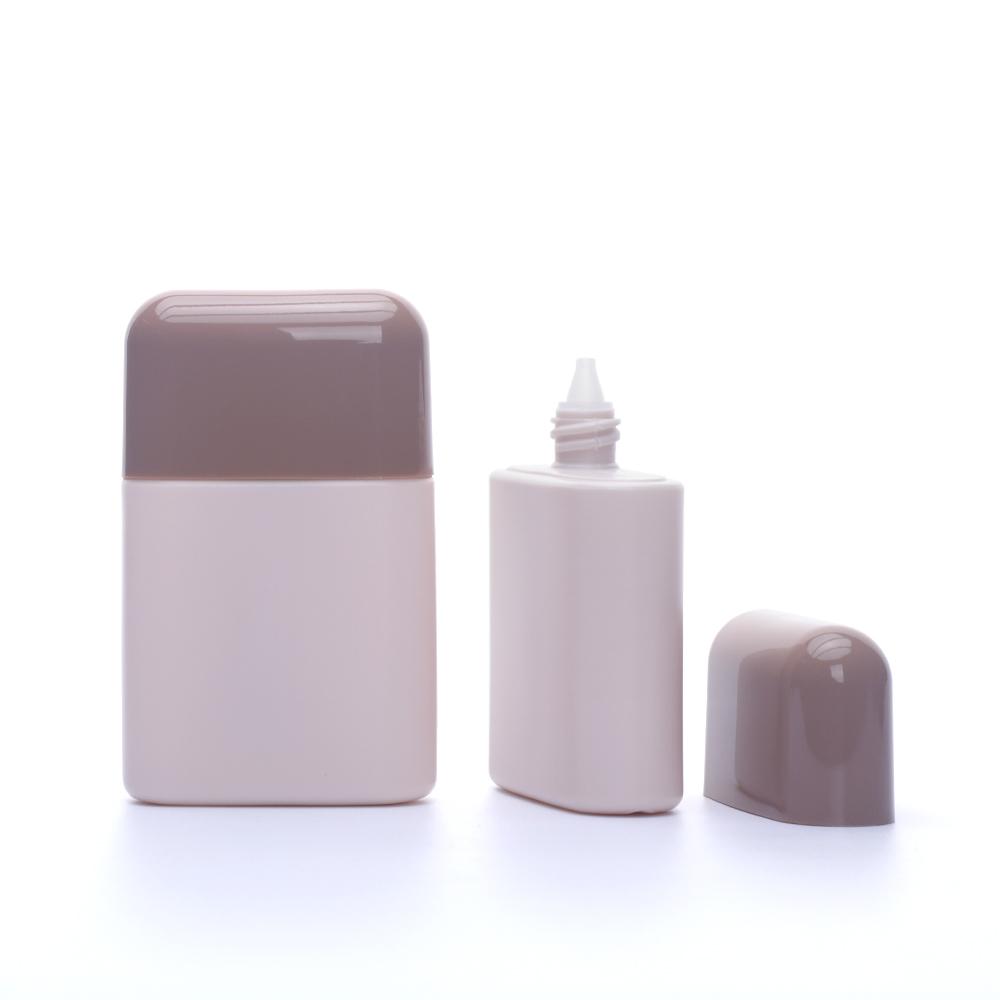Limitations of AS Plastic
Jun 24, 2025
Key Limitations of AS Plastic:
1. Poor UV Resistance
- Turns yellow or becomes brittle when exposed to sunlight/UV rays.
- Impact: Unsuitable for transparent packaging meant for sun-exposed displays (e.g., storefronts). Requires UV stabilizers or opaque coatings.
2. Low Chemical Resistance to Solvents
- Vulnerable to strong solvents (e.g., acetone, ketones, chlorinated hydrocarbons).
- Impact: May crack or haze when filled with solvent-based cosmetics (e.g., nail polish removers, certain perfumes).
3. Moderate Barrier Properties
- Allows higher oxygen/moisture transmission than PET or PP.
- Impact: Not ideal for oxidation-sensitive formulas (e.g., vitamin C serums, organic oils) unless paired with special liners.
4. Thermal Sensitivity
- Low heat deflection temperature (∼90–100°C).
- Impact: Cannot withstand hot-fill processes or high-temperature sterilization (e.g., autoclaving). May deform in hot climates during transit.
5. Limited Impact Resistance
- More brittle than ABS, PC, or PP. Prone to cracking under sharp impacts.
- Impact: Risky for travel-friendly packaging or dense products (e.g., thick creams in large jars).
6. Scratch Vulnerability
- Softer surface than PMMA or glass. Easily scratched during handling.
- Impact: Loses clarity/gloss over time; affects premium aesthetics.
7. Not Food-Grade Compliant for All Regulations
- Some AS formulations may leach styrene monomers under extreme conditions.
- Impact: Requires strict compliance testing for lip/eye products in regulated markets (e.g., EU, FDA).
When to Avoid AS Plastic in Cosmetics:
- Products requiring long-term UV exposure (e.g., sunscreen, window-displayed items).
- Formulas with high solvent content (e.g., nail polish, removers, alcohol-heavy toners >20%).
- Hot-fill processes (e.g., molten waxes, hot-pour formulations).
- Oxygen-sensitive actives (e.g., retinoids, unstable antioxidants).
- High-impact applications (e.g., thick cream jars, compacts prone to dropping).
---
Alternatives for Demanding Applications:
| Limitation | Better Alternatives |
|---------------------|----------------------------|
| UV Resistance | PMMA (acrylic), UV-stabilized PET |
| Chemical Resistance | PP, HDPE, COP/COC |
| Barrier Properties | PET, EVOH-multilayer, Glass |
| Heat Resistance | PP, PPSU, Glass |
| Impact Strength | ABS, PC, Tritan |
AS remains a cost-effective choice for mid-range, alcohol-free, and UV-protected cosmetics (e.g., opaque lotion bottles, powder compacts). For sensitive formulations or premium brands, pairing AS with barrier coatings or hybrid designs can mitigate weaknesses.

読んで、郵便を入れ、購読してください、そして私達は私達にあなたのことを私達に言うようにあなたを歓迎します。